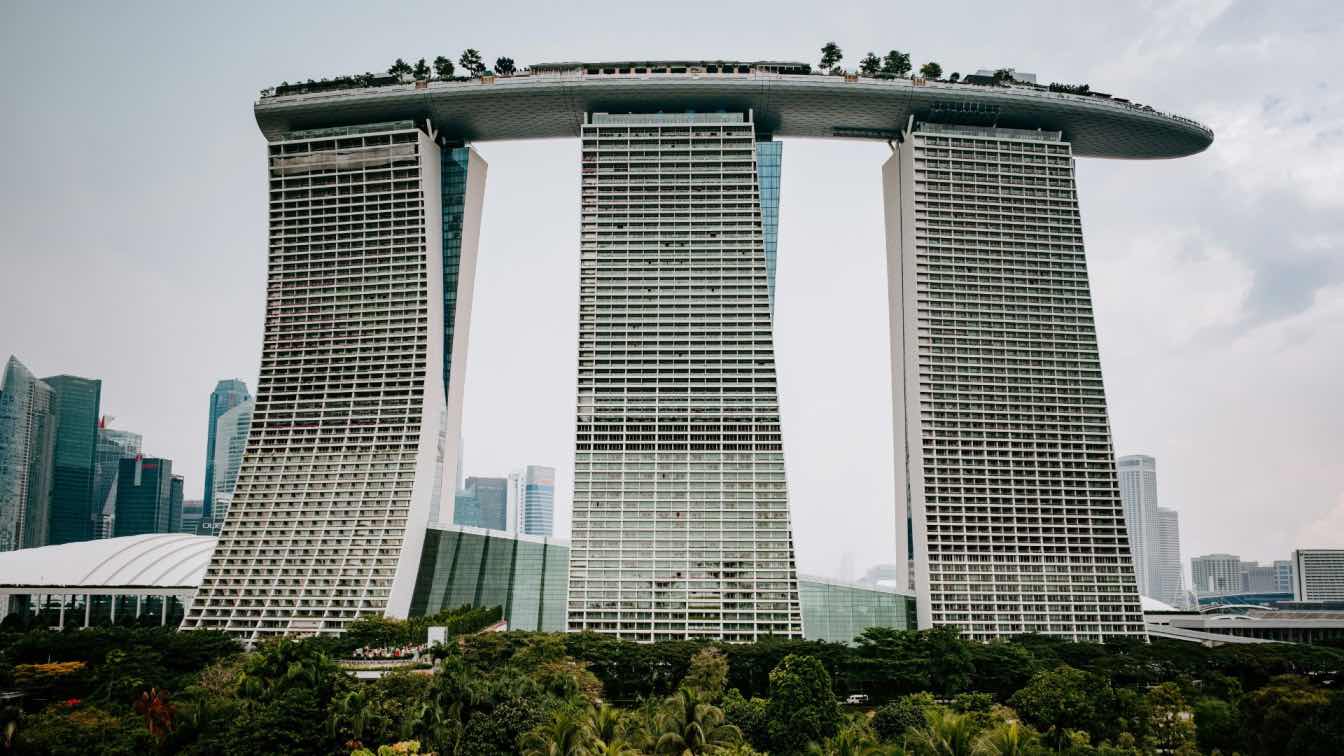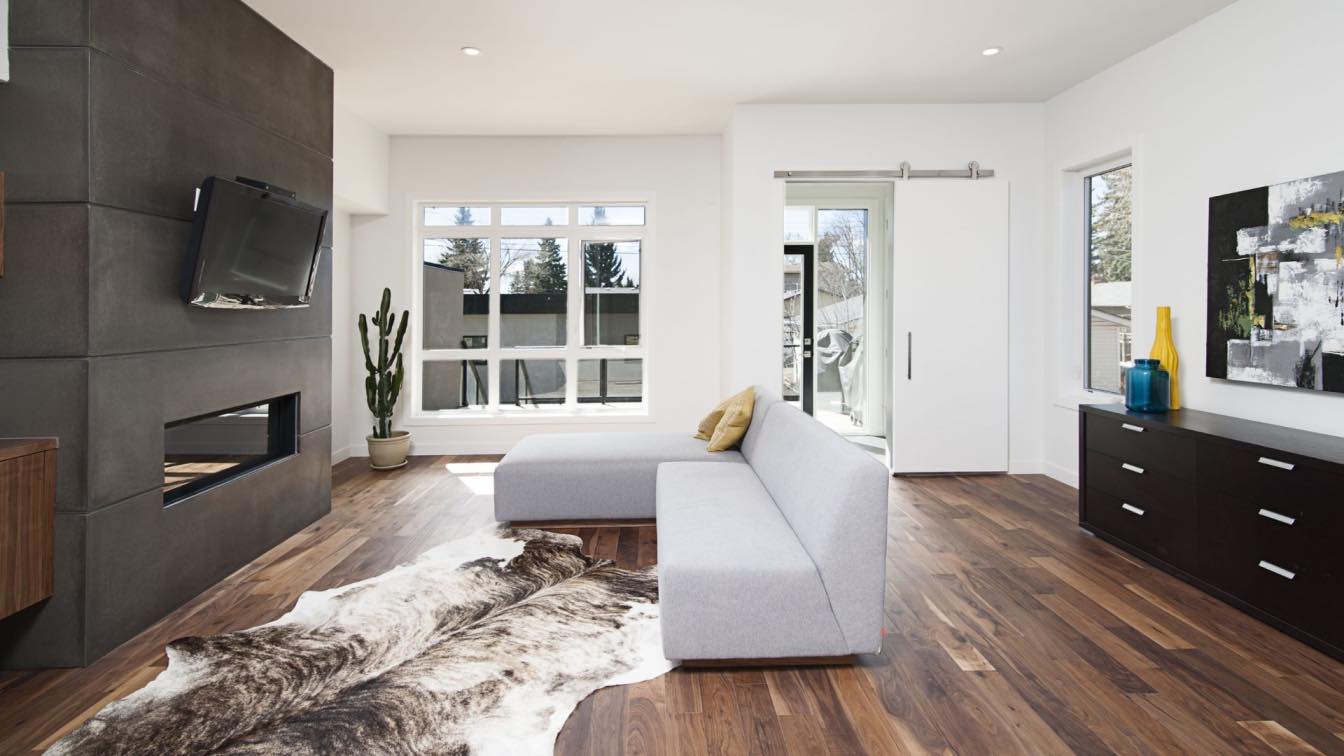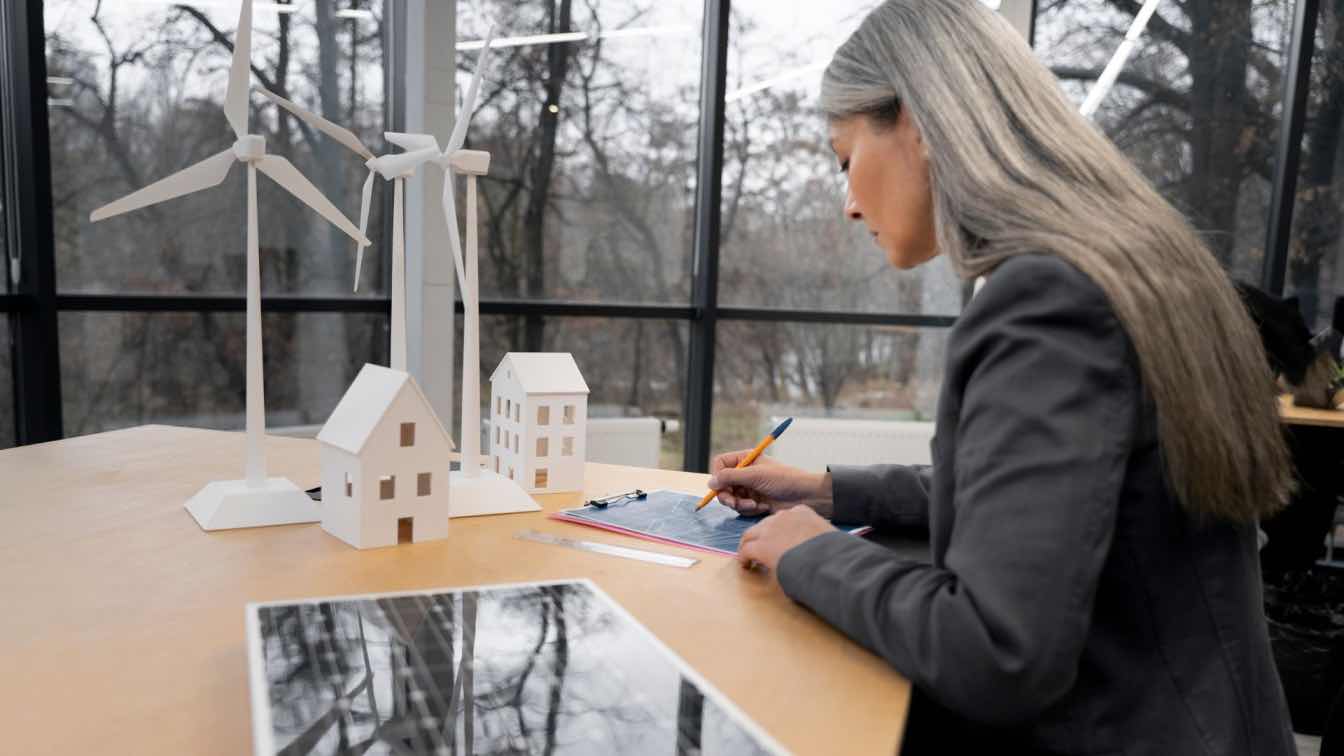Throughout history, architects and engineers have pushed the boundaries of creativity and technology to design structures that amaze the world. These buildings and monuments don’t just serve practical purposes; they represent human ambition, culture, and vision.This article is about ten of the most unique structures ever created by humans. We explain why each one deserves a place on this list and what makes their construction special.
Marina Bay Sands, Singapore
Marina Bay Sands is a modern architectural marvel featuring three 55-story towers connected by a massive rooftop terrace known as the SkyPark. The SkyPark offers a 360-degree view of Singapore and has one of the world’s highest infinity pools.
Marina Bay Sands is not just a hotel but also a luxury casino and entertainment complex. It cost around $5.7 billion USD to build, making it one of the most expensive casino properties ever constructed. If you are going to visit this casino one day, first try your luck and skills in less expensive casinos, such as £5 deposit casino not on GamStop.
The Great Pyramid of Giza, Egypt
The Great Pyramid of Giza is often considered one of the most remarkable engineering achievements in human history. Built over 4,500 years ago, it remains one of the oldest and largest stone structures in the world. What makes it unique is its precision—each side of the pyramid is almost perfectly aligned with the cardinal directions. Despite being constructed without modern machinery, its builders managed to move and place massive limestone blocks, some weighing up to 80 tons.
The mystery of how the ancient Egyptians achieved such precision with limited tools continues to baffle experts today. Its longevity and historical significance make it one of the most extraordinary structures ever built.
Burj Khalifa, Dubai
Standing at 828 meters, the Burj Khalifa is the tallest building in the world. It symbolizes modern engineering prowess and architectural innovation. Its unique Y-shaped floor plan helps to reduce wind forces, which is crucial for a building of such height. The exterior is clad in reflective glass and steel panels, designed to withstand extreme temperatures.
The Burj Khalifa isn’t just a skyscraper; it’s a statement of Dubai’s ambition and progress. Tourists flock from all over the world to see the stunning view from its observation deck.
Sydney Opera House, Australia
The Sydney Opera House is famous for its sail-like design.. Designed by Danish architect Jørn Utzon, its construction was revolutionary for its time. The roof is made up of interlocking precast concrete shells, which posed significant challenges during its development.
What makes the Sydney Opera House unique is its blend of art and engineering. The building is an architectural marvel, but it’s also a cultural hub that has hosted countless performances. Its iconic status draws millions of visitors each year, helping to shape Australia’s identity on the global stage.
Sagrada Familia, Spain
The Sagrada Familia in Barcelona was designed by the famous architect Antoni Gaudí and has been under construction for more than 140 years. Gaudí got his ideas from nature, using curves and bright colors to create the building’s unique look.
Its tall towers and decorated walls show scenes from the Bible. Even though it’s not finished, the Sagrada Familia is one of the most popular tourist attractions in the world. The fact that it’s still being built makes visitors curious.
Machu Picchu, Peru
Machu Picchu is unique in terms of architecture because of its advanced design and the way it blends with the natural environment. Built by the Inca civilization in the 15th century, it sits high in the Andes Mountains on rugged terrain.The terraces allowed the Incas to grow crops at high altitudes and helped stabilize the mountain slopes.
The stone structures at Machu Picchu were built using a technique called ashlar masonry, where stones are cut and fitted so precisely that no mortar was needed. This method made the buildings earthquake-resistant, a crucial feature in a region prone to seismic activity.
Several structures in Machu Picchu are aligned with astronomical events. The Intihuatana stone, for example, was likely used as a solar clock. It helped the Incas track the seasons for agricultural purposes.
Guggenheim Museum, Spain
The Guggenheim Museum in Bilbao, designed by architect Frank Gehry, is an iconic example of contemporary architecture. Its flowing, curved titanium walls and glass elements create a sense of movement and dynamism. Gehry’s innovative use of computer-aided design helped him achieve the complex shapes that define the building.
This structure is unique because it transformed Bilbao into a major cultural destination. The term “Bilbao Effect” was coined to describe how a single iconic building can revitalize a city.
Taj Mahal, India
The Taj Mahal is a symbol of love and one of the most beautiful buildings in the world. It was built by Emperor Shah Jahan in memory of his wife Mumtaz Mahal. The Taj Mahal combines elements of Islamic, Persian, and Indian architectural styles. Its unique feature is the use of white marble that changes color depending on the time of day and the light.
The intricate inlay work using semi-precious stones and its symmetrical design make the Taj Mahal a masterpiece of Mughal architecture. Its historical and emotional significance add to its uniqueness.
Fallingwater, USA
Fallingwater is a famous house in Pennsylvania, USA, designed by the renowned American architect Frank Lloyd Wright in 1935. It’s considered one of the most iconic examples of organic architecture, where the design harmonizes with the surrounding environment. Wright used cantilevered terraces to create the illusion that the house is floating above the water.
Fallingwater is considered one of Wright’s masterpieces and a symbol of 20th-century modern architecture. It demonstrates how a building can be both functional and deeply connected to its environment.
Palace of Versailles, France
Versailles is famous for its large size and perfectly balanced design, showing the power and control of King Louis XIV. The palace was carefully planned, with equal proportions, long hallways, and large gardens arranged in neat, geometric shapes. This balanced style was common in Baroque and Classical architecture.
Inside the palace, you can see gold-covered moldings, beautiful paintings on the ceilings, fancy tapestries, and carved marble. One of the most famous parts is the Hall of Mirrors, a long room with 357 mirrors along one wall. This design was very advanced for its time and still amazes visitors with the way it reflects light. Light is an important part of the palace’s design.
The gardens of Versailles, created by André Le Nôtre, are as impressive as the palace. They are a great example of the formal French garden style, with neat geometric shapes, carefully trimmed hedges, fountains, and reflecting pools. The gardens were planned to feel like part of the palace.
These ten buildings show human creativity, hard work, and the desire to achieve something amazing. From ancient wonders like the Great Pyramid of Giza to modern masterpieces like Marina Bay Sands, each building is special in its own way. They prove that when great ideas are turned into reality, the results can be truly impressive.





